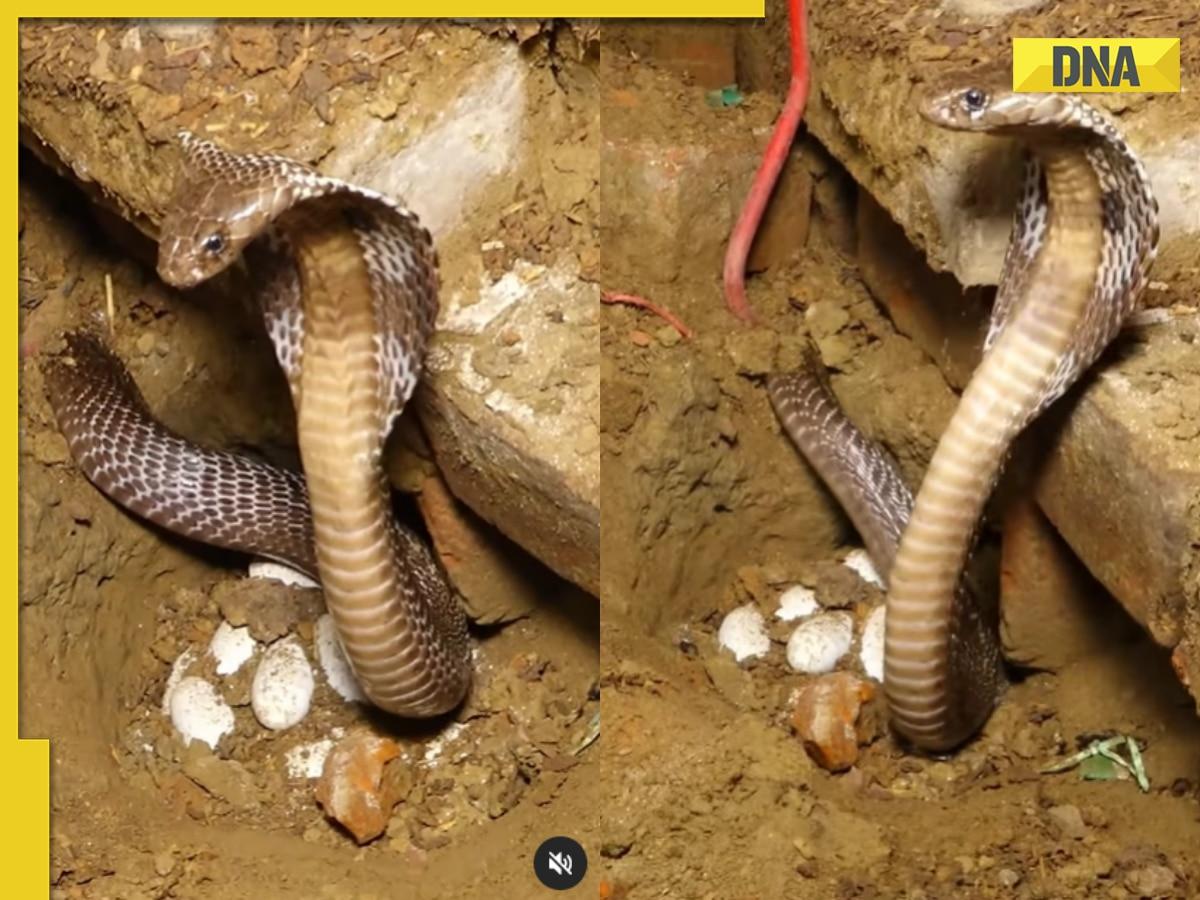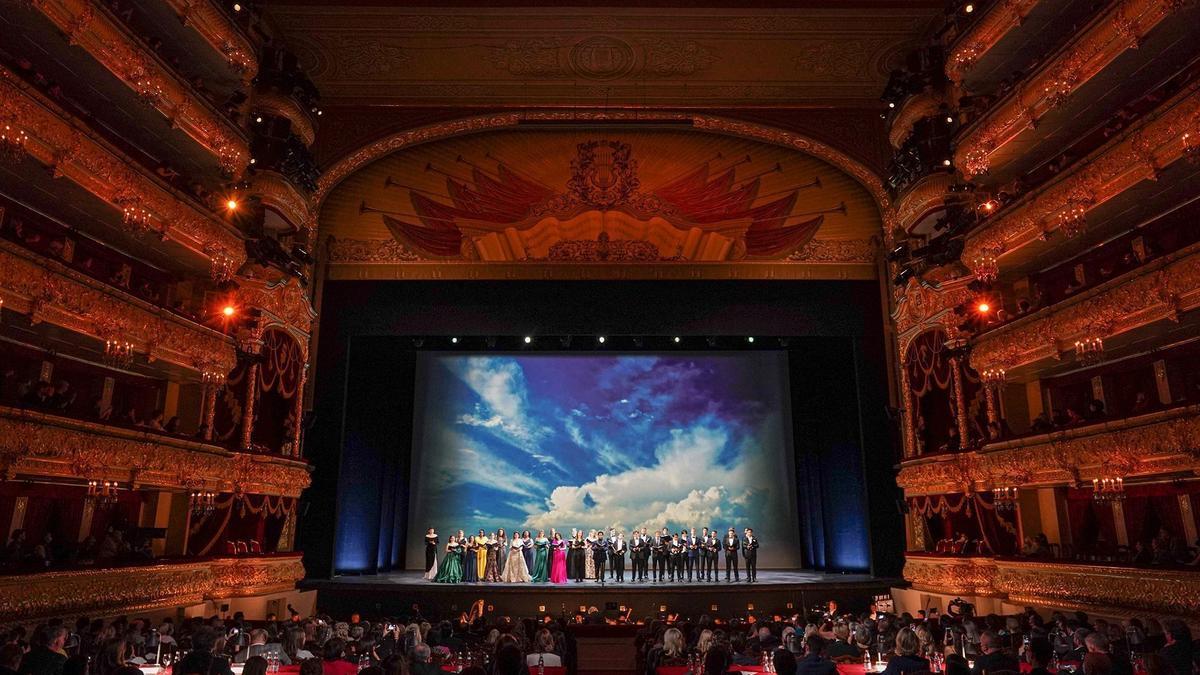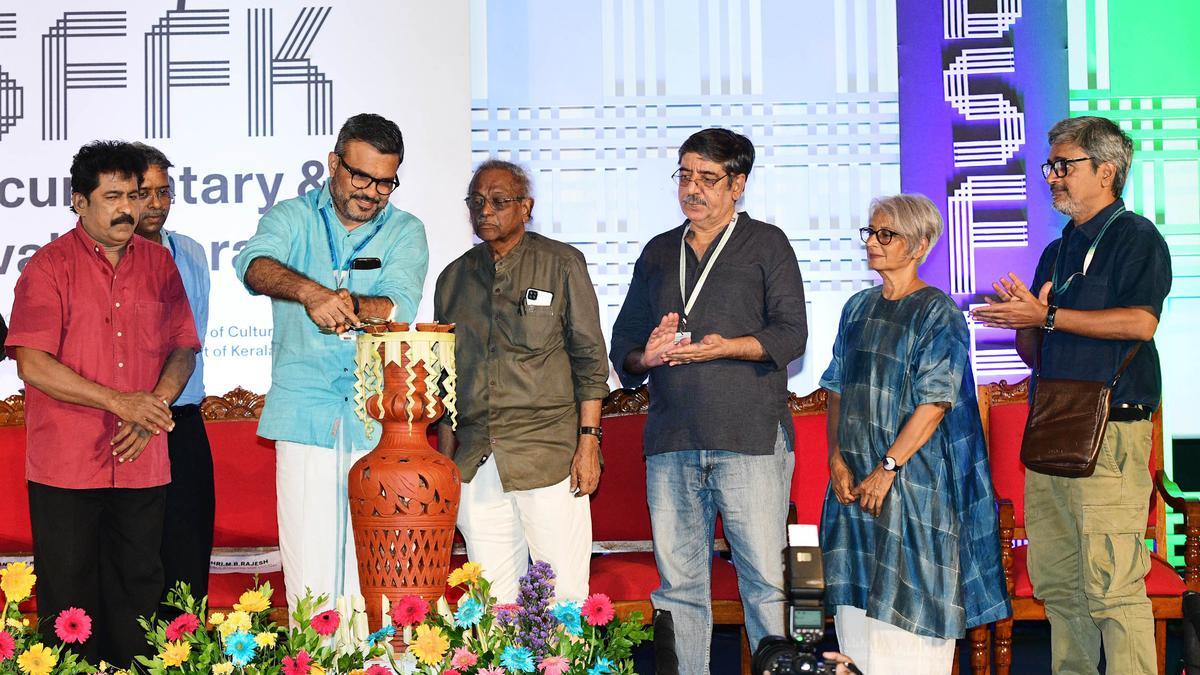
In the realm of deadly serpents, few evoke as much fear and fascination as the cobra. Capable of delivering a fatal bite within minutes, these creatures command respect and instill sheer terror when encountered. Among the various types of venomous snakes worldwide, the cobra stands out as one of the most common and perilous.
Recently, a video depicting a cobra fiercely guarding its nest of eggs underground has been making rounds on social media platforms. Shared by the well-known snake catcher Murari Lal, whose daring rescue missions often captivate online audiences, the footage offers a glimpse into the protective instincts and aggressive nature of these creatures.
In the video, as Lal carefully uncovers the earth to reveal the hidden nest, the cobra, poised for attack, displays its defensive stance with a wide hood and flickering tongue. Despite the imminent threat, the mother snake remains steadfast in protecting her eggs nestled in the soil, deterring any attempts to approach.
The captivating footage has garnered a staggering 1.9 million views, with viewers expressing awe and admiration for both the snake’s protective behavior and Lal’s bravery. Commenting on the video, one observer remarked, “A mother’s protective instinct is always fierce and unwavering!” while another praised Lal’s courage, stating, “Brother, we only have one heart, how many times can you win it over!”
Female cobras are known to diligently guard their nests throughout the entire incubation period, which typically lasts 75–100 days. They carefully select nesting sites with optimal conditions, often beneath trees or amidst bamboo clusters, and meticulously gather leaves to create a protective layer for their eggs.
The fascinating reality of this natural phenomenon provides a stark contrast to the typical perception of snakes as cold and solitary creatures. The maternal behavior of the female cobra is a powerful testament to the ingrained instincts survivalists of the animal kingdom posse. This careful guarding of the future generations ensures the continuation of the species and contributes to the biodiversity of their habitats.
Cobras, notorious for their deadly venoms, are capable of defensive measures that are both terrifying and impressive. Their expanded hood—an iconic gesture in the animal kingdom—is not merely for show; it is a critical warning sign that precedes potentially lethal bites. In the footage, the cobra’s iconic hood is displayed prominently, a hallmark of the snake’s readiness to defend its brood at all costs.
Observers of the video may also notice the cobra’s tongue flickering, which is more than a signal of aggression. This sensory behavior is part of how snakes perceive their environment, picking up chemical information from the air and ground and transferring it to the Jacobson’s organ in the mouth for analysis. In this state of high alert, the cobra is acutely aware of every movement around her nest.
While the sight of the protective cobra is intriguing, it’s critical for individuals to approach wildlife, especially dangerous species like the cobra, with respect and caution. Encounters with venomous snakes should be left to professionals like Murari Lal, who are trained in handling and managing these potentially deadly encounters without causing harm to the snake or themselves.
The viral video serves as a poignant reminder of the complexity and depth of behaviors found across the animal kingdom, including those that challenge our understanding of snakes. Cobras, often vilified due to their venomous nature, also have a softer side—a fierce and unwavering maternal instinct that demands respect.
For naturalists and wildlife enthusiasts, the footage represents an invaluable insight into the lives of these magnificent reptiles. The dedication and patience exhibited by the mother cobra during the nesting period are behaviors that even as humans, we can find relatable and admirable. It is a striking demonstration of the universal power and beauty of a mother’s love—a force that transcends species boundaries and speaks to the heart of existence itself.










